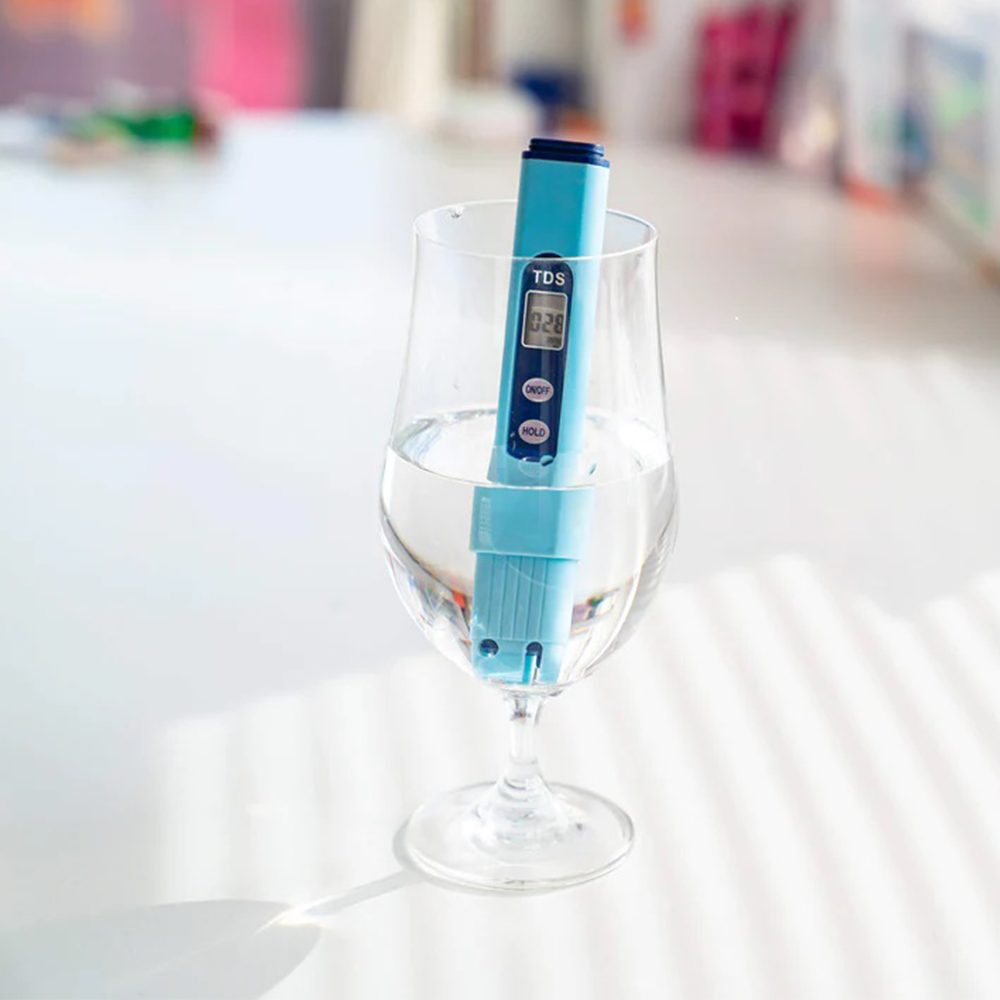
Understanding TDS and its Role in Drinking Water
“Water is the most critical resource issue of our lifetime and our children’s lifetime. The health of our waters is the principal measure of how we live on the land.”
The water we drink today is not as pure as we would want it to be. Riddled with impurities, contaminants and chemicals, a glass of water can prove to be harmful if not appropriately purified. When it comes to understanding water and its components, you must understand TDS.
What is TDS?
TDS stands for Total Dissolved Solids and refers to the total concentration of dissolved substances in drinking water. TDS comprises inorganic salts and a small amount of organic matter as well. Inorganic salts are made up of the positively charged cations (calcium, magnesium, potassium and sodium) and negatively charged anions (carbonates, nitrates, bicarbonates, chlorides and sulfates). The TDS level is how much of the total dissolved solids are present in the water.
Importance of TDS in Drinking Water
TDS in drinking water originates from places like natural sources, sewage, urban run-offs, industrial wastewater, chemicals in the water treatment process, chemical fertilizers used in the garden and plumbing. Water is a universal solvent and easily picks up impurities and can absorb and dissolve these particles quickly. Although elevated levels of TDS in drinking water is not a health hazard, it does lend the water a bitter, salty, or brackish taste. Calcium and magnesium, two minerals commonly found in TDS, can also cause water hardness, scale formation, and staining.
What are Different TDS levels
The TDS level helps indicate whether the drinking water is fit for consumption, requires filtration or is highly contaminated. Parts per million (PPM) is the measurement used for measuring TDS level in the water.
TDS Level Chart for Drinking Water
TDS in Water (measured in PPM) Suitability for Drinking Water
| Between 50-150 | Excellent for drinking |
| 150-250 | Good |
| 250-300 | Fair |
| 300-500 | Not drinkable |
| Above 1200 | Unacceptable |
Conclusion:
Maintaining the TDS level of mineral water is essential. You don’t need to worry about filtration and impurities when you have pureone water purification solutions. The ideal TDS level maintained in every purification product that we provide for our consumers. The brand is all about building trust and maintaining the purity of water, with pureone safety and immunity are just a click away.
Copyright © 2025 PureOne All right reserved .